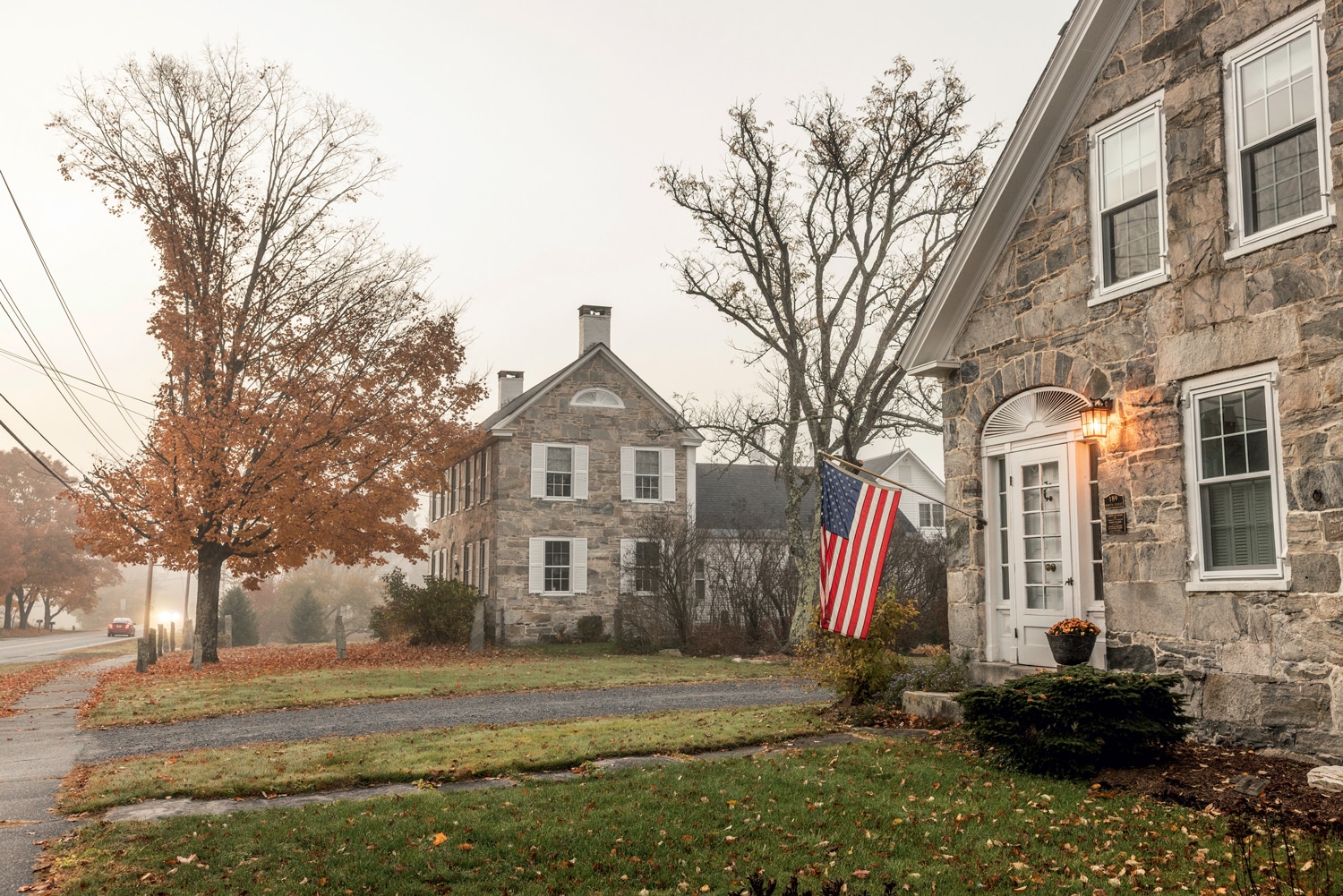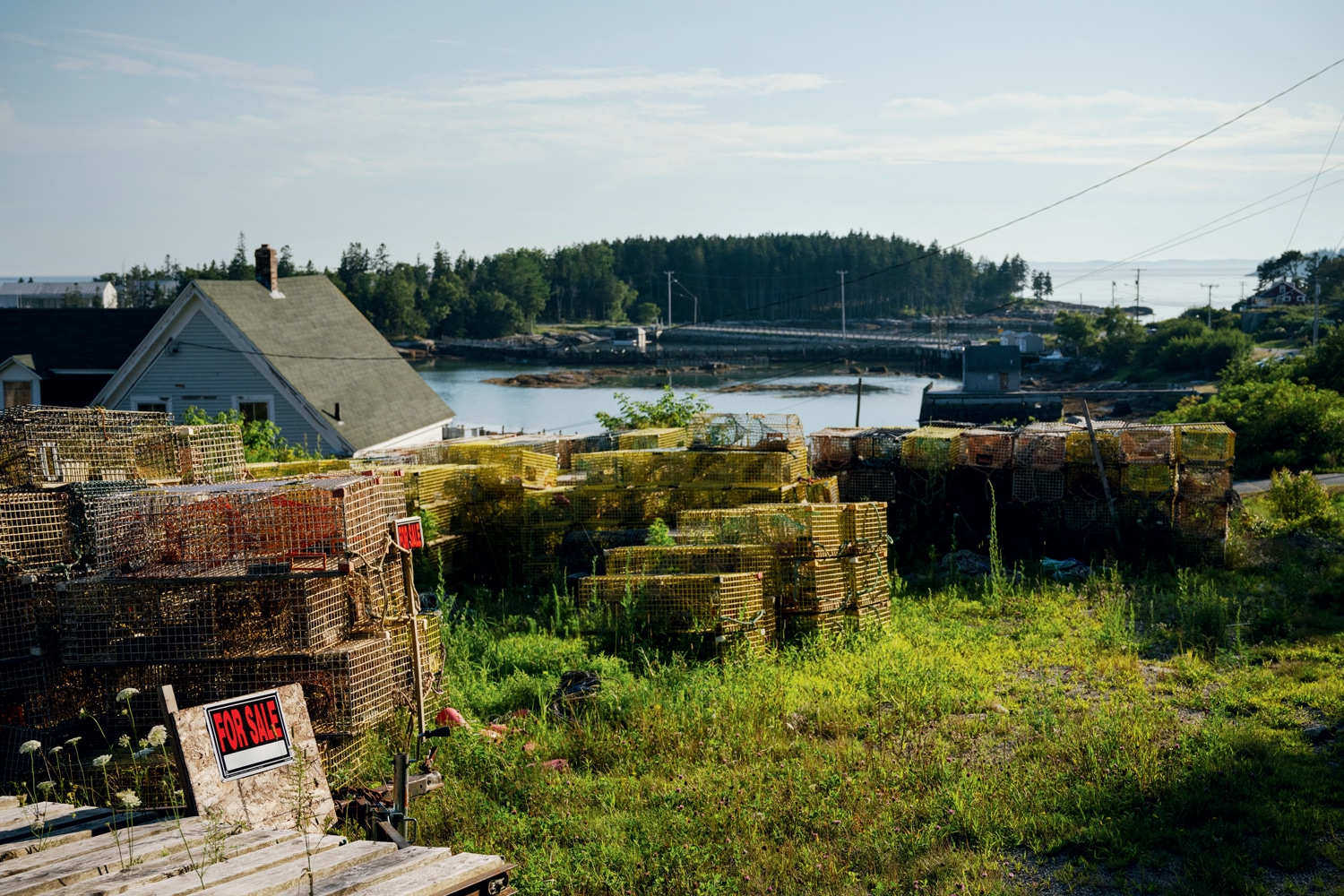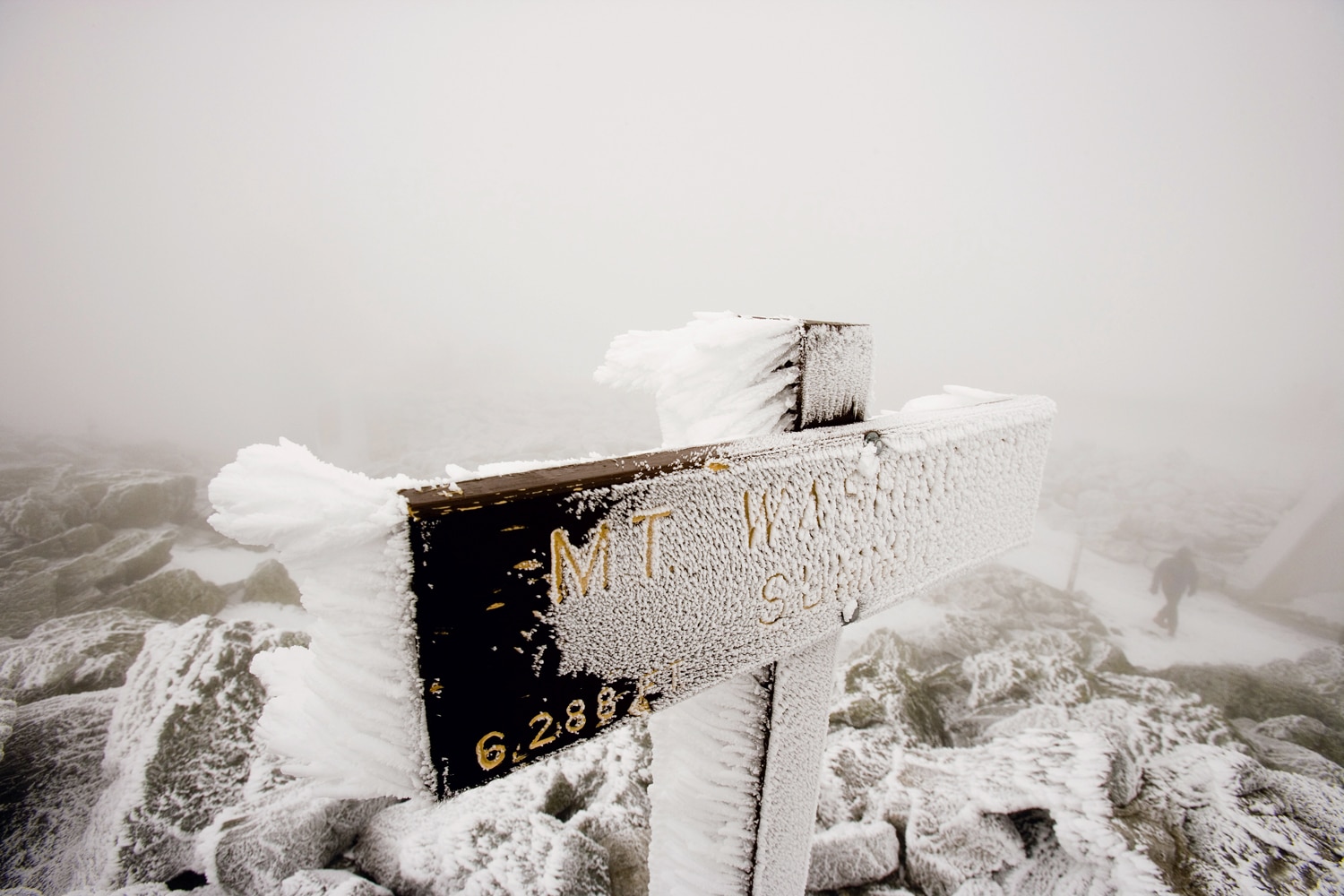History
The Curse of the Saco River | Yankee Classic
Have you heard of the curse of the Saco River? An American-Indian legend foretells how every year three white people will drown in the Saco River.

The Saco River in Conway, New Hampshire.
Had I heard about the “curse of the Saco River” before I ventured onto it with my husband and our friends, I doubt that I would have gone on the outing. According to the legend, the wife and infant son of Squando, chief of the Saco tribe, were traveling by canoe near the mouth of the river when they encountered three rowdy, drunken English sailors. The sailors allegedly made a few bets, then snatched the baby from his mother and threw him into the river to see if American-Indian babies were natural swimmers as some claimed they were.
The mother rescued her baby, but he died a few days later. The grieving Squando, who was said to have great spiritual powers, put a curse on the Saco River, saying that every year after, three white people would drown in the river. Some historical accounts state that the death of Squando’s son, which is said to have occurred in 1675, marked the end of peaceful relations between the settlers and the American Indians living in that region.
Like many stories that have been passed down, the legend of the Saco River has multiple versions. One variation holds that the event took place near Limington, Maine, and the victim was a chief’s daughter. The maiden was supposedly kidnapped by three white settlers and carried off in a canoe; the girl fell out in the infamous “Limington Rips,” and her father placed a curse on the river.
Tad Baker, historian and archaeologist at the York Institute Museum in Saco (now the Saco Museum), offers a different perspective on the legend. Early historical accounts describe an incident on the Saco that led to an American-Indian baby’s death, but there is no mention of the curse until about 1880. Said Baker, “I think the legend of the curse might have sprung up, as some other legends did, during what we call the Colonial Revival era, when it was popular to romanticize events that took place in the Colonial period.”
Maybe so, but modern inhabitants of the region avow that on average three lives are lost on the Saco River per year, and they maintain a healthy respect for the curse. Old-timers recall hearing the legend told by parents and grandparents. Says Clarence Brown, 85, of Limington, “It was something we all knew about.”
Hiram historian Hubert Clemens also remembers hearing about the Saco River curse “ever since I was a young boy.” Among his files is a partial list of drownings near Hiram dating back to 1873 and an old “Ripley’s Believe It or Not” clipping about the legend in which the Saco is called “the River of Death.”
Precise and complete statistics of the drownings on the Saco do not exist. The river is 135 of so miles long and winds through several counties and numerous towns in New Hampshire and Maine before meeting the sea at Hills Beach, just below the city of Saco, Maine. And the legend dates back one to three centuries, depending on whom you ask.
One of the best local authorities on the subject may be Ruth Chaplin, a lifelong resident of Steep Falls, Maine, town librarian for 45 years, and reporter for the Portland Press Herald for 20 years. Chaplin recalls writing plenty of stories about drownings on the river. She says, “The curse has been carried out many, many years in drownings up and down the length of the Saco.”
I’m not sure why I didn’t become a statistic in April of 1973 when my canoe flipped on the Saco River, trapping me below it. Perhaps the spirits had not yet been roused for the season. Or maybe my accident occurred at a safe distance from the scene of the original tragedy. More than likely, my great-great-great-great-grandfather, Caleb Hodgdon, deserves the credit. He married an Abenaki woman, thereby endowing his descendents with American-Indian blood — just a trace by now, but perhaps enough to save me from the Saco River curse.
Excerpt from “’The Curse of the Saco,” Yankee Magazine, May 1989.






